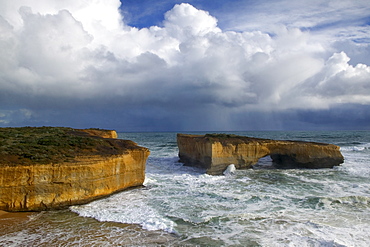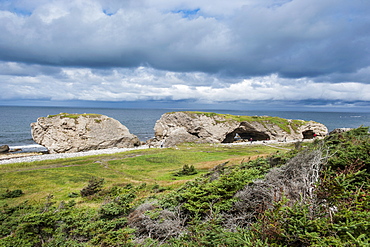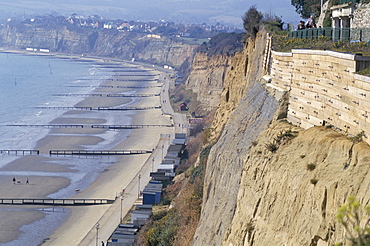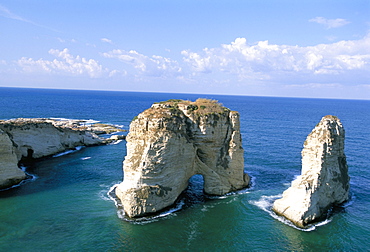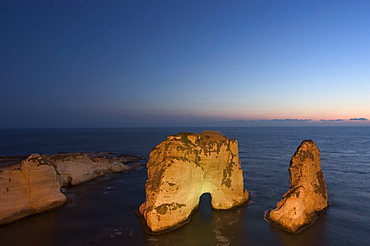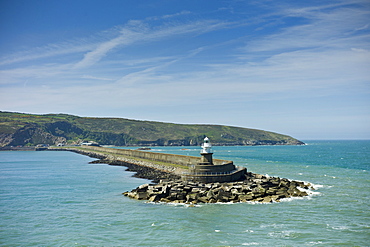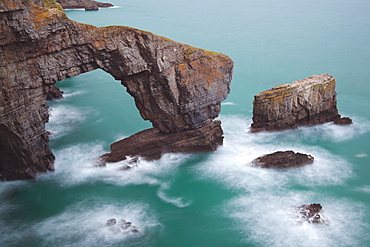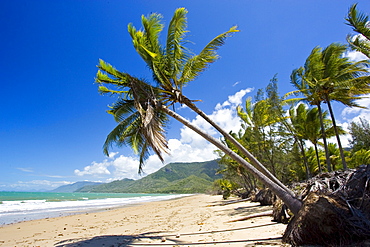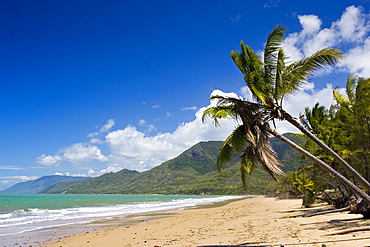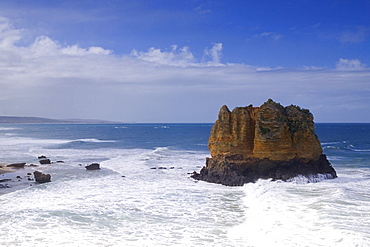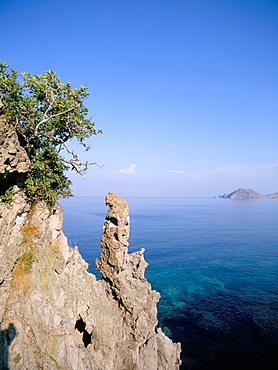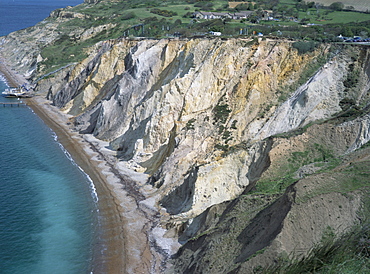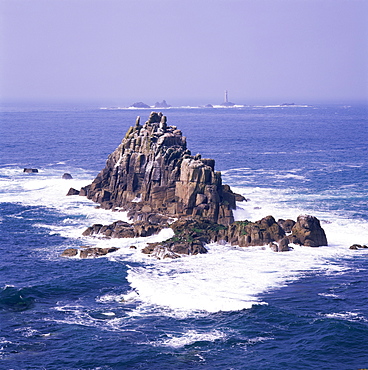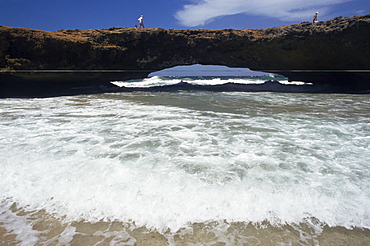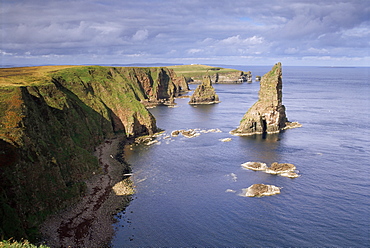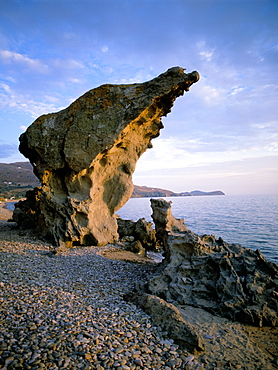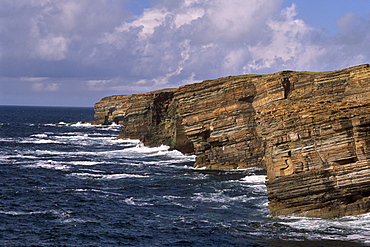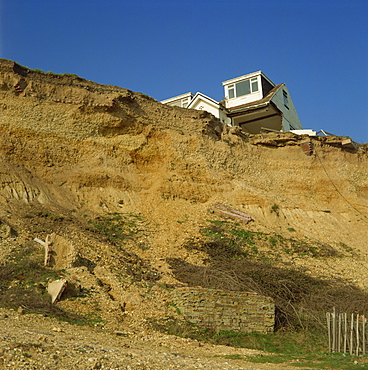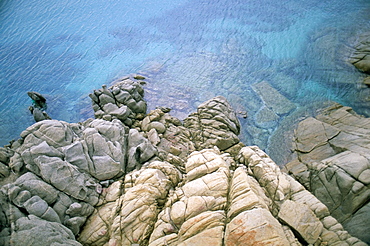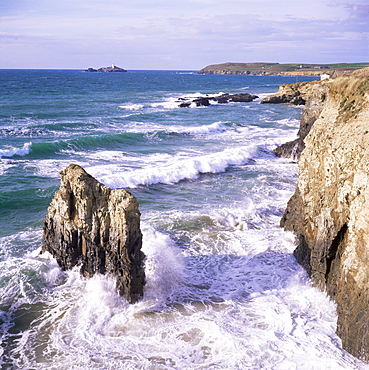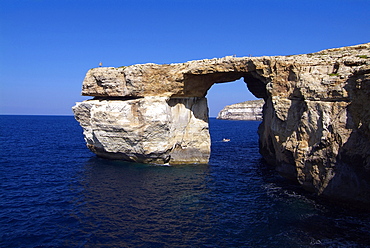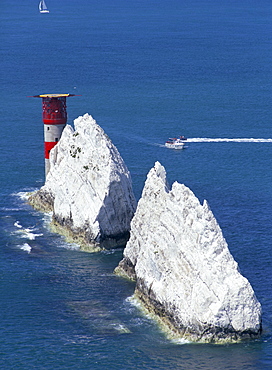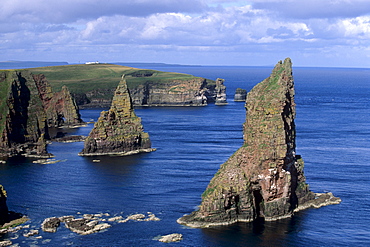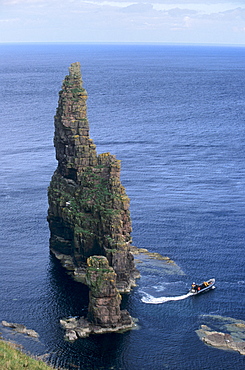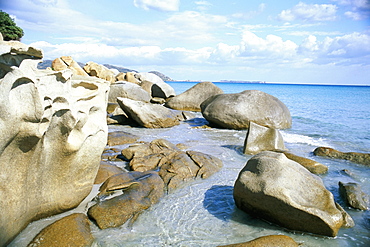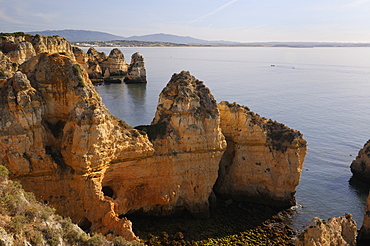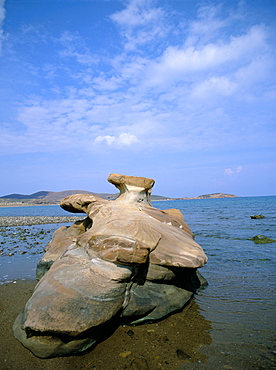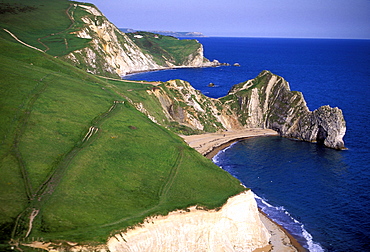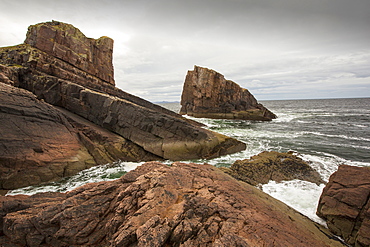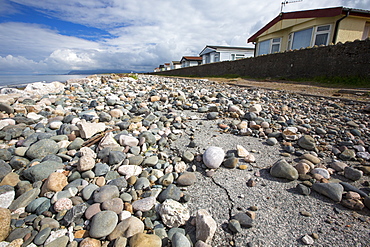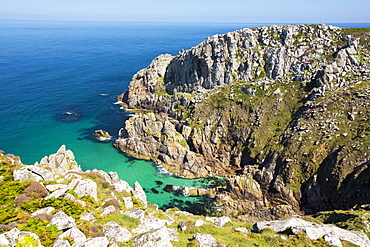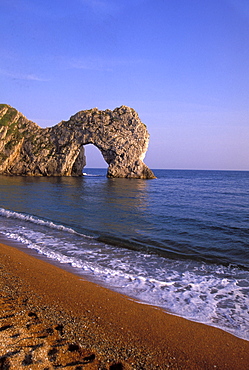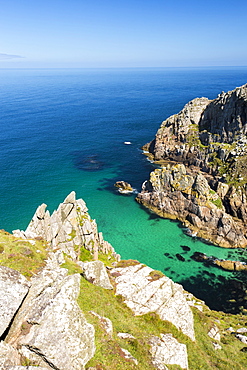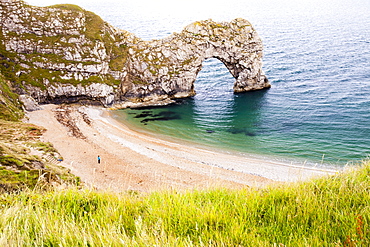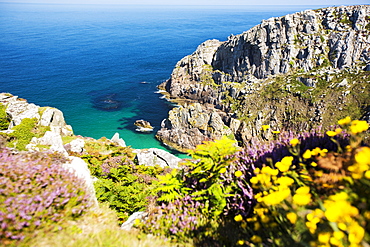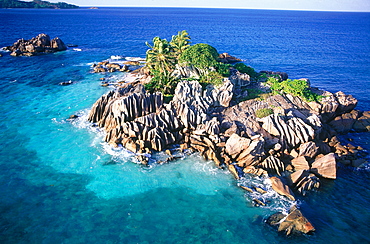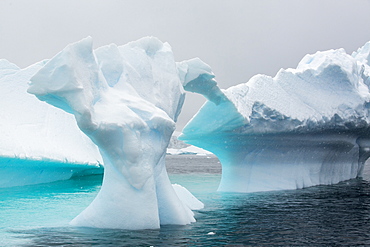Results
« Previous 1 2 3
230 results found
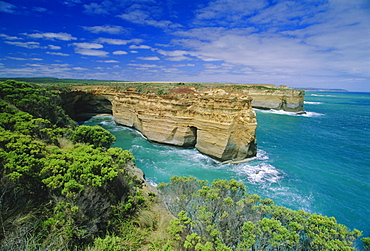
Loch Ard Gorge on the rapidly eroding coatline of Port Campbell National Park on the Great Ocean Road, site of the famous Loch Ard wreck of 1878, Victoria, Australia
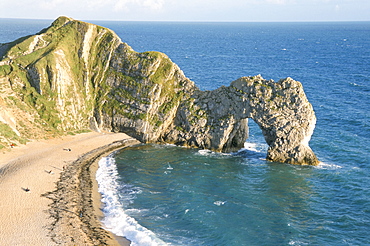
Wave-cut arch in limestone headland, Durdle Door, Jurassic Heritage Coast, UNESCO World Heritage Site, Isle of Purbeck, Dorset, England, United Kingdom, Europe
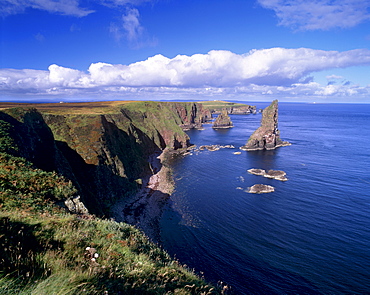
Duncansby Head sea stacks, north-east tip of Scotland, Caithness, Highland region, Scotland, United Kingdom, Europe
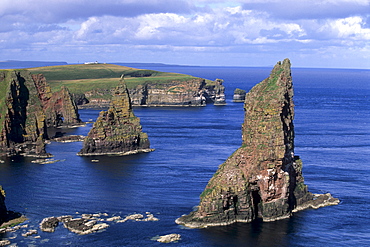
Sea stacks at Duncansby Head, near John O'Groats, north-west tip of Scotland, Caithness, Scotland, United Kingdom, Europe
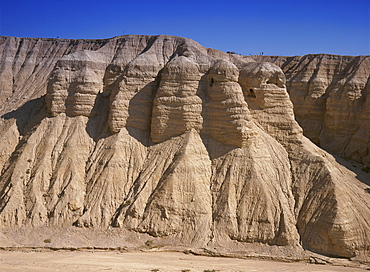
Archaeological site of Qumran where Dead Sea scrolls discovered in caves in cliffs, Judean Desert, Israel, Middle East
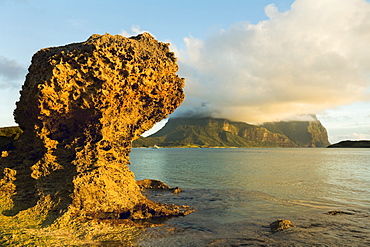
Eroded calcarenite rock (cemented coral sands) with Mount Lidgbird and Mount Gower by the lagoon with the world's most southerly coral reef, on this 10km long volcanic island in the Tasman Sea, Lord Howe Island, UNESCO World Heritage Site, New South Wales, Australia, Pacific Ocean.
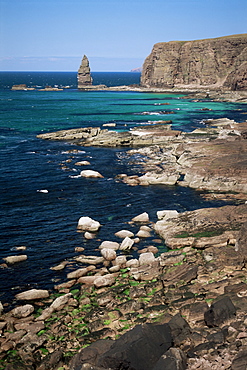
Coastal sea cliffs and stacks, near Cape Wrath and Sandwood Bay, Highland region, Scotland, United Kingdom, Europe
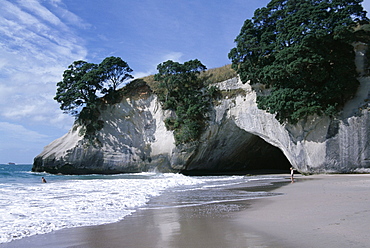
Beach, white chalk cliffs, stacks and arches, Whitianga, Coromandel Peninsula, South Auckland, North Island, New Zealand, Pacific
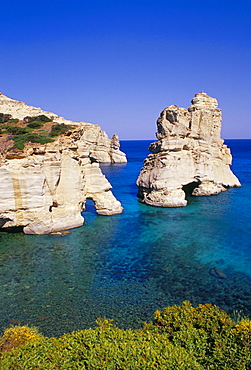
Volcanic rock formations on south eastern coast, Kleftiko, Milos, Cyclades islands, Greece, Mediterranean, Europe
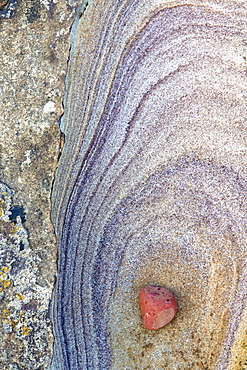
Patterns created by sea erosion on rocks at Rumbling Kern, near Howick, Alnwick, Northumberland, England, United Kingdom, Europe
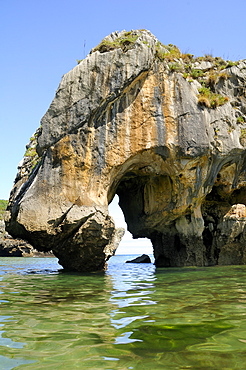
Natural rock archway carved by the sea through limestone rock at Cuevas del Mar (sea caves) beach, near Llanes, Asturias, Spain, Europe
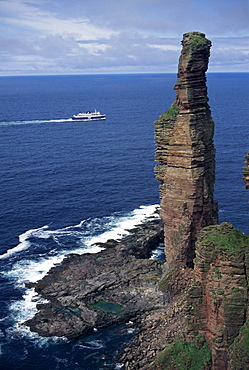
Old Man of Hoy, sandstone sea stack 137m high, with ferry in background, Hoy, Orkney Islands, Scotland, United Kingdom, Europe
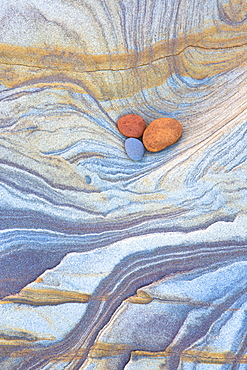
Colourful patterns created by sea erosion on rocks revealed at low tide on Spittal Beach, Berwick-upon-Tweed, Northumberland on border between England and Scotland, United Kingdom, Europe
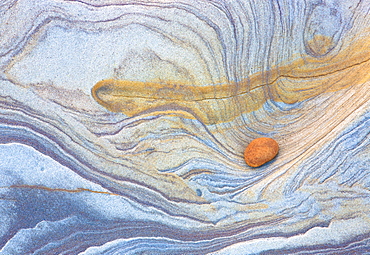
Colourful patterns created by sea erosion on rocks revealed at low tide on Spittal Beach, Berwick-upon-Tweed, Northumberland on border between England and Scotland, United Kingdom, Europe
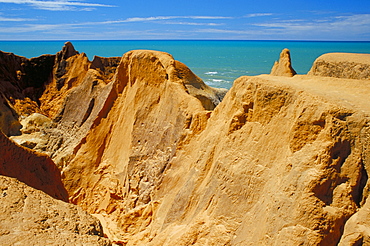
Red rock formations of Morro Branco on the Ceara coastline, near Canoa Quedrada, Ceara', Brazil, South America

Rocky Coast and Yesnaby castle, a sea stack, near Yesnaby, Mainland, Orkney Islands, Scotland, United Kingdom, Europe

Yesnaby Castle sea stack, rock eroded by the sea, Mainland, Orkney Islands, Scotland, United Kingdom, Europe
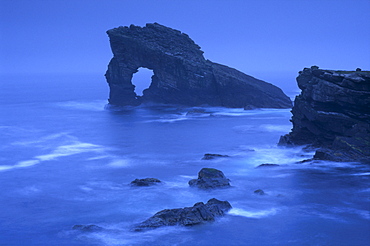
Gaada Stack, a natural arch 45 m high, old red sandstone, Foula, Shetland Islands, Scotland, United Kingdom, Europe

Karst limestone sea cliffs at Pria, with Picos de Europa mountains in the background, near Llanes, Asturias, Spain, Europe
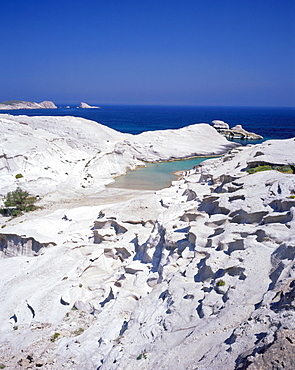
Aerial view of beach and rock formations, Sarakiniko, Milos, Cyclades Islands, Greek Islands, Greece, Europe
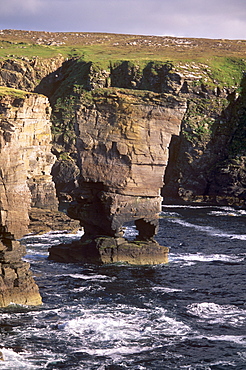
Yesnaby Castle sea stack, rock eroded by the sea, Mainland, Orkney Islands, Scotland, United Kingdom, Europe
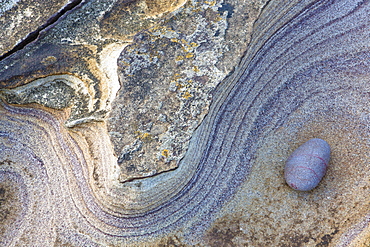
Patterns created by sea erosion on rocks at Rumbling Kern, near Howick, Alnwick, Northumberland, England, United Kingdom, Europe
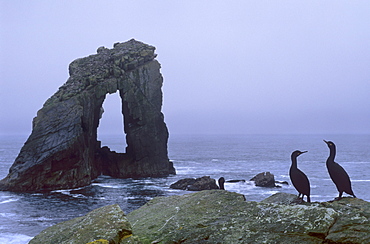
Shags and Gaada Stack, a natural arch 45 m high, old red sandstone, Foula, Shetland Islands, Scotland, United Kingdom, Europe
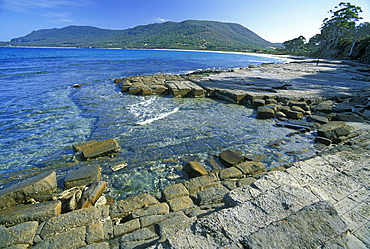
Tessellated Pavement, a wave-cut platform of horizontal strata, north of Pirates Bay, Forestier Peninsula, South East, Tasmania, Australia, Pacific
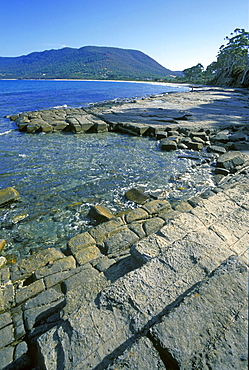
Tessellated Pavement, a wave-cut platform of horizontal strata, north of Pirates Bay, Forestier Peninsula, South East, Tasmania, Australia, Pacific
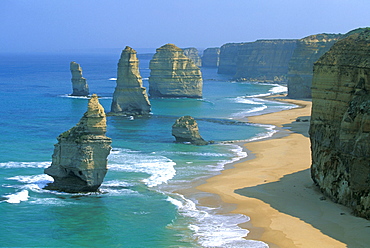
Sea stacks and dramatic limestone cliffs at The Twelve Apostles, Port Campbell National Park, Great Ocean Road, Victoria, Australia, Pacific
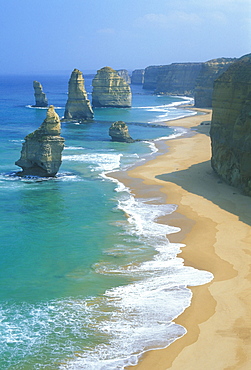
Sea stacks and dramatic limestone cliffs at The Twelve Apostles, Port Campbell National Park, Great Ocean Road, Victoria, Australia, Pacific
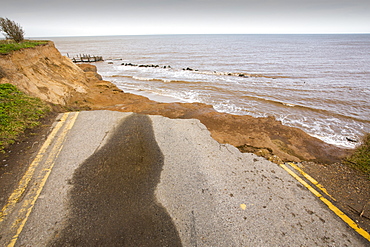
A road eroded and dropping off into the North sea at Happisburgh, Norfolk, a rapidly eroding section of coastline, UK.
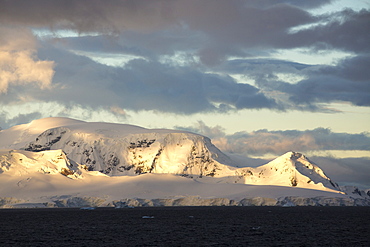
Light on mountainous scenery in Graham Land in Wilhelmina Bay on the Antarctic Peninsular, which is one of the fastest warming places on the planet.
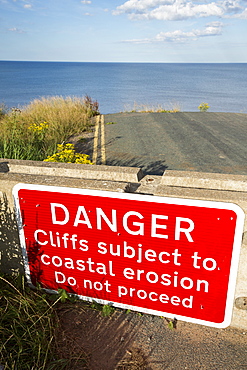
A collapsed coastal road near Skipsea on Yorkshires East Coast, UK. The coast is composed of soft boulder clays, very vulnerable to coastal erosion. This sectiion of coast has been eroding since Roman times, with many villages having disappeared into the sea, and is the fastest eroding coast in Europe. Climate change is speeding up the erosion, with sea level rise, increased stormy weather and increased heavy rainfall events, all playing their part.

Sea stacks and sea arch on the North East coast at Whitburn, between Newcastle and Sunderland, Tyne and Wear, England, United Kingdom, Europe
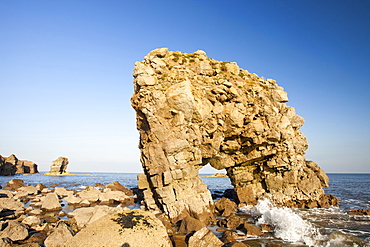
Sea stacks and sea arch on the North East coast at Whitburn, between Newcastle and Sunderland, Tyne and Wear, England, United Kingdom, Europe

Sea stacks and sea arch on the North East coast at Whitburn, between Newcastle and Sunderland, Tyne and Wear, England, United Kingdom, Europe

Sea stacks and sea arch seen from a sea cave on the North East coast at Whitburn, between Newcastle and Sunderland, Tyne and Wear, England, United Kingdom, Europe
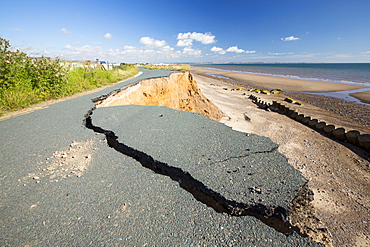
A collapsed coastal road at between Skipsea and Ulrome on Yorkshires East Coast, near Skipsea, UK. The coast is composed of soft boulder clays, very vulnerable to coastal erosion. This sectiion of coast has been eroding since Roman times, with many villages having disappeared into the sea, and is the fastest eroding coast in Europe. Climate change is speeding up the erosion, with sea level rise, increased stormy weather and increased heavy rainfall events, all palying their part.
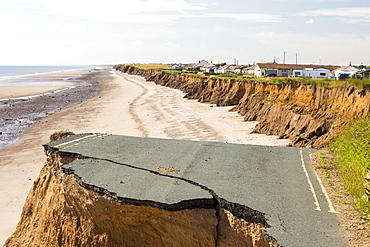
A collapsed coastal road at between Skipsea and Ulrome on Yorkshires East Coast, near Skipsea, UK. The coast is composed of soft boulder clays, very vulnerable to coastal erosion. This sectiion of coast has been eroding since Roman times, with many villages having disappeared into the sea, and is the fastest eroding coast in Europe. Climate change is speeding up the erosion, with sea level rise, increased stormy weather and increased heavy rainfall events, all palying their part.
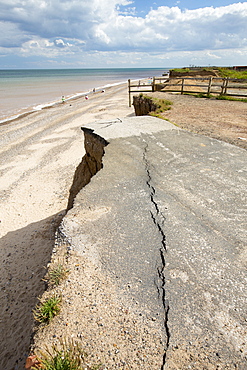
A collapsed coastal road at Easingotn on Yorkshires East Coast, near Skipsea, UK. The coast is composed of soft boulder clays, very vulnerable to coastal erosion. This sectiion of coast has been eroding since Roman times, with many villages having disappeared into the sea, and is the fastest eroding coast in Europe. Climate change is speeding up the erosion, with sea level rise, increased stormy weather and increased heavy rainfall events, all palying their part.
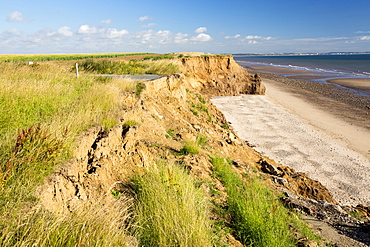
A collapsed coastal road at near Aldbrough on Yorkshires East Coast, near Skipsea, UK. The coast is composed of soft boulder clays, very vulnerable to coastal erosion. This sectiion of coast has been eroding since Roman times, with many villages having disappeared into the sea, and is the fastest eroding coast in Europe. Climate change is speeding up the erosion, with sea level rise, increased stormy weather and increased heavy rainfall events, all palying their part.
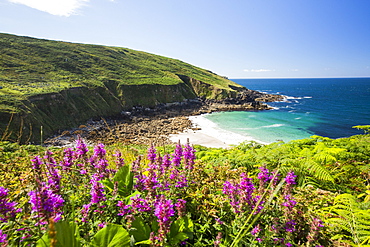
Cornish coastal scenery at Porthmeor Cove near Zennor, UK, with Purple loosestrife (Lythrum salicaria) flowering in the foreground.
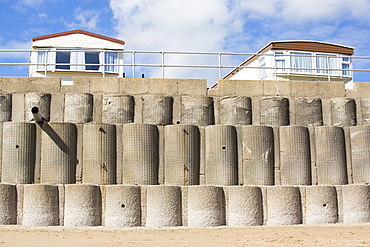
Concrete sea defences at Beach Bank Caravan Park in Ulrome near Skipsea on Yorkshires East Coast, UK. The coast is composed of soft boulder clays, very vulnerable to coastal erosion. This section of coast has been eroding since Roman times, with many villages having disappeared into the sea, and is the fastest eroding coast in Europe. Climate change is speeding up the erosion, with sea level rise, increased stormy weather and increased heavy rainfall events, all playing their part.
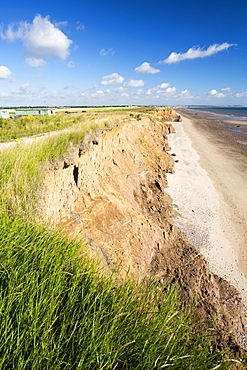
A collapsed coastal road at between Skipsea and Ulrome on Yorkshires East Coast, near Skipsea, UK. The coast is composed of soft boulder clays, very vulnerable to coastal erosion. This sectiion of coast has been eroding since Roman times, with many villages having disappeared into the sea, and is the fastest eroding coast in Europe. Climate change is speeding up the erosion, with sea level rise, increased stormy weather and increased heavy rainfall events, all palying their part.
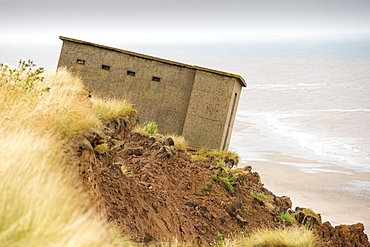
A Second world War lookout post leaning alarmingly and about to tumble over the edge of the cliff near Aldbrough on Yorkshires East Coast, UK. The coast is composed of soft boulder clays, very vulnerable to coastal erosion. This section of coast has been eroding since Roman times, with many villages having disappeared into the sea, and is the fastest eroding coast in Europe. Climate change is speeding up the erosion, with sea level rise, increased stormy weather and increased heavy rainfall events, all playing their part.
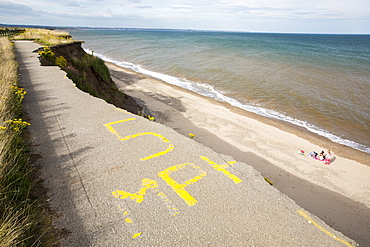
A collapsed coastal road at Barmston on Yorkshires East Coast, near Skipsea, UK. The coast is composed of soft boulder clays, very vulnerable to coastal erosion. This sectiion of coast has been eroding since Roman times, with many villages having disappeared into the sea, and is the fastest eroding coast in Europe. Climate change is speeding up the erosion, with sea level rise, increased stormy weather and increased heavy rainfall events, all palying their part.

A holiday chalet in the sand dunes at low Newton by the Sea on Northumberland's coast stands precarioulsy close to the edge following a severe storm surge in December 2013 that caused considerable erosion to the sand dunes.
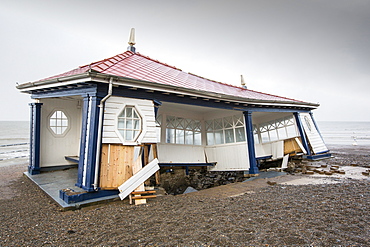
After a week of high tides, storm surges and storm force winds, the sea front promenade of Aberystwyth in Wales has been devastated, with millions of £'s of damage. The crsahing waves punched a large hole in the sea wall and has collapsed Aberystwyth's iconic, Victorian promenade shelter, which has stood for over 100 years. This picture was taken on Wednesday 8th January, 2014, the day the council started to try and clear the thousands of tonnes of beach rubble off the sea front road.
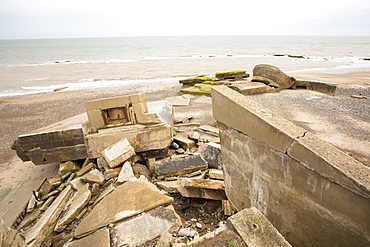
The Remains of the Godwin battery on the beach at Kilnsea at the head of Spurn point on Yorkshires East Coast, UK. Initially constructed during the First World War, the Godwin Battery was added to during the Second World War. It comprised of gun emplacements, search light, barracks, officers’ mess, and a hospital. This section of coastline is the fastest eroding coastline in Europe. The soft boulder clay cliffs are easily eroded and have been eroding since Roman Times, but recently the climate change impacts of increased stormy weather, increased heavy rainfall events and sea level rise have accelerated the rate of erosion. The average rate of attrition is 1.5metres per year, last year it was 5 metres.
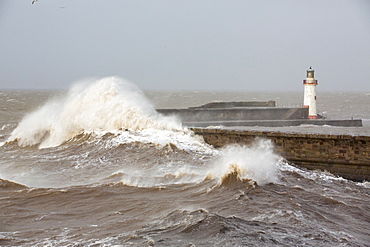
Whitehaven harbour being completely overwhelmed by huge waves during the January 2014 period of storm surge, high tides and storm force winds. The coastline took a battering, damaging the harbour wall and eroding a large section of coastal cliff.
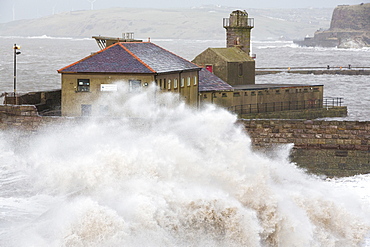
Whitehaven harbour during the January 2014 period of storm surge, high tides and storm force winds. The coastline took a battering, damaging the harbour wall and eroding a large section of coastal cliff.
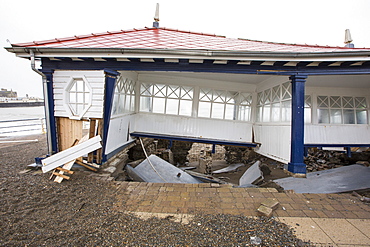
After a week of high tides, storm surges and storm force winds, the sea front promenade of Aberystwyth in Wales has been devastated, with millions of £'s of damage. The crsahing waves punched a large hole in the sea wall and has collapsed Aberystwyth's iconic, Victorian promenade shelter, which has stood for over 100 years. This picture was taken on Wednesday 8th January, 2014, the day the council started to try and clear the thousands of tonnes of beach rubble off the sea front road.
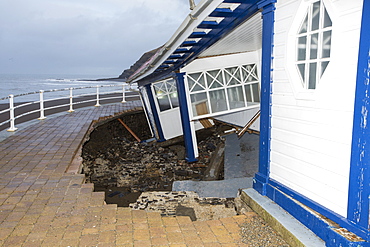
After a week of high tides, storm surges and storm force winds, the sea front promenade of Aberystwyth in Wales has been devastated, with millions of £'s of damage. The crsahing waves punched a large hole in the sea wall and has collapsed Aberystwyth's iconic, Victorian promenade shelter, which has stood for over 100 years. This picture was taken on Wednesday 8th January, 2014, the day the council started to try and clear the thousands of tonnes of beach rubble off the sea front road.
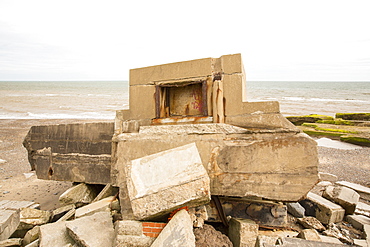
The Remains of the Godwin battery on the beach at Kilnsea at the head of Spurn point on Yorkshires East Coast, UK. Initially constructed during the First World War, the Godwin Battery was added to during the Second World War. It comprised of gun emplacements, search light, barracks, officers’ mess, and a hospital. This section of coastline is the fastest eroding coastline in Europe. The soft boulder clay cliffs are easily eroded and have been eroding since Roman Times, but recently the climate change impacts of increased stormy weather, increased heavy rainfall events and sea level rise have accelerated the rate of erosion. The average rate of attrition is 1.5metres per year, last year it was 5 metres.
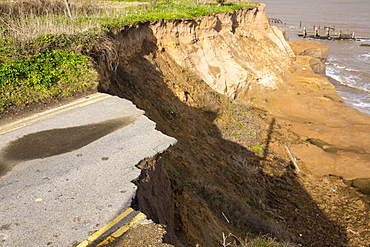
A road eroded and dropping off into the North sea at Happisburgh, Norfolk, a rapidly eroding section of coastline, UK.
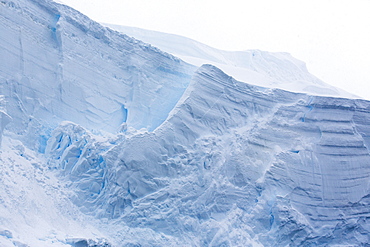
Retreating glaciers in Wilhelmina Bay off Graham Land on the Antarctic Peninsular, which is one of the fastest warming places on the planet.
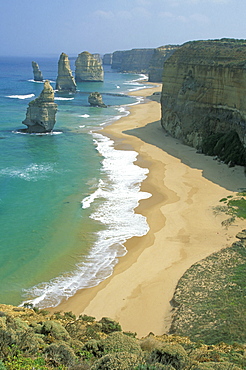
Sea stacks and dramatic limestone cliffs at The Twelve Apostles, Port Campbell National Park, Great Ocean Road, Victoria, Australia, Pacific
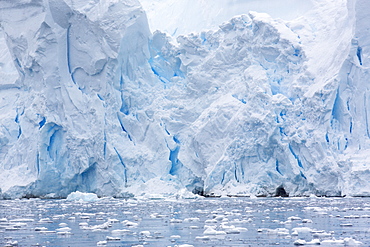
Retreating glaciers in Wilhelmina Bay off Graham Land on the Antarctic Peninsular, which is one of the fastest warming places on the planet.
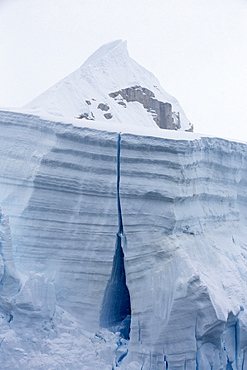
Retreating glaciers in Wilhelmina Bay off Graham Land on the Antarctic Peninsular, which is one of the fastest warming places on the planet.
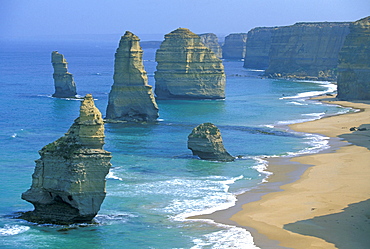
Sea stacks and dramatic limestone cliffs at The Twelve Apostles, Port Campbell National Park, Great Ocean Road, Victoria, Australia, Pacific
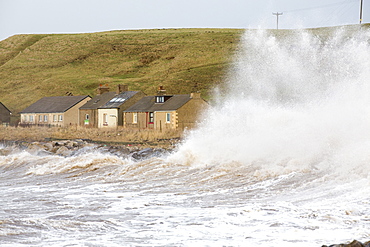
Waves crashing off Parton near Whitehaven during the January 2014 period of storm surge, high tides and storm force winds. The coastline took a battering, damaging the harbour wall and eroding a large section of coastal cliff.
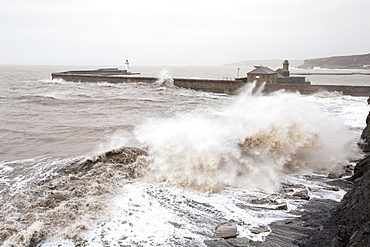
Whitehaven harbour during the January 2014 period of storm surge, high tides and storm force winds. The coastline took a battering, damaging the harbour wall and eroding a large section of coastal cliff.
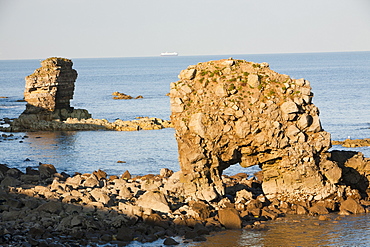
Sea stacks and sea arch on the North East coast at Whitburn, between Newcastle and Sunderland, Tyne and Wear, England, United Kingdom, Europe
